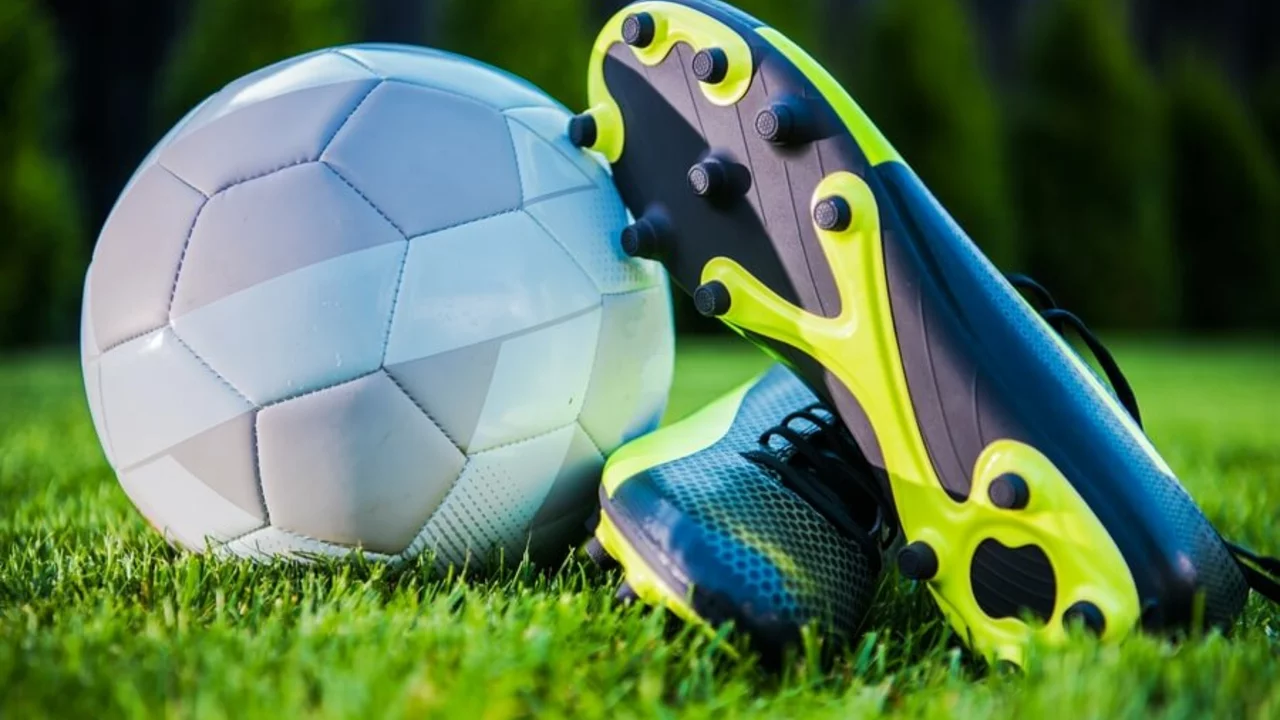Sports Equipment: What Every Football Fan Should Know
When talking about sports equipment, the tools and gear that let players train, compete and stay safe on the pitch. Also called athletic gear, it covers everything from the ball you kick to the shoes your feet wear. Understanding the basics helps you pick the right items, avoid cheap substitutes, and boost performance. Below we break down the most common pieces you’ll encounter in football.
One of the first pieces of soccer ball, a durable, stitched or thermally bonded sphere designed to meet FIFA standards is the ball itself. Modern balls use polyurethane layers, textured panels and pressure‑retaining bladders to keep flight consistent in wet or dry conditions. Next up are cleats, footwear with studded soles that provide traction on grass, turf or indoor surfaces. The choice of stud pattern (blade, conical or hybrid) influences grip and injury risk, while the upper material (leather vs. synthetic) affects comfort and durability. Together, the ball and cleats form the core of any match, shaping how far you can pass, shoot and pivot.
Safety, Performance and Extras
Beyond the basics, protective gear like shin guards and goalkeeping gloves plays a crucial role. Shin guards, typically made of high‑density foam encased in a hard shell, absorb impact from tackles and reduce bruises. Goalies rely on padded gloves with latex palms that enhance grip and cushion high‑speed shots. Training aids such as cones, agility ladders, and fitness trackers add a tech edge; cones map out dribbling drills, ladders improve foot speed, and trackers give real‑time data on heart rate and distance covered. Sports equipment encompasses both traditional items (balls, nets) and modern innovations (smart wearables) that together raise the game’s quality.
Materials matter across the board. A ball’s outer polyurethane layer resists abrasion, while a cleat’s synthetic leather offers water resistance and lighter weight. Shin guards now feature carbon‑fiber inserts for extra protection without bulk. Goal nets are woven from high‑tenacity nylon to endure powerful shots. When you choose gear, look for durability (how many seasons it lasts), performance (how it affects your play) and fit (does it match your body). Brands like Nike, adidas and Puma each bring proprietary technologies—Nike’s Flyknit uppers, adidas’ Primeknit, Puma’s SprintCell—that target these attributes.
Maintenance is another hidden part of equipment ownership. Proper inflation keeps a soccer ball responsive; under‑inflated balls feel heavy, over‑inflated ones pop easily. Cleats should be cleaned after muddy games to prevent sole degradation. Shin guards and gloves benefit from occasional wiping and air‑drying to avoid odor buildup. By treating gear well, you extend its lifespan and keep performance consistent.
In practice, the right mix of equipment can change a player’s confidence. A well‑fitted pair of cleats lets you cut sharply without slipping, while a high‑quality ball provides predictable bounce for accurate passing drills. Protective gear reduces fear of injury, encouraging more aggressive play. For coaches, selecting durable training cones and reliable fitness trackers streamlines session planning and data analysis.
Because football is a global sport, standards vary by region. FIFA mandates size 5 balls for adults, while youth leagues may use size 3 or 4. Likewise, some leagues enforce specific shin guard dimensions or require steel‑toe boots for certain positions. Knowing these rules saves you from costly fines or equipment swaps mid‑season.
Our collection of articles below digs deeper into each of these topics. You’ll find a breakdown of the latest soccer ball technologies, step‑by‑step guides on fitting cleats, reviews of top‑ranked shin guard models, and tips on using wearable trackers effectively. Whether you’re a beginner looking for basic gear or a seasoned player chasing the next performance edge, the posts ahead cover the full spectrum of sports equipment you’ll need.

Could I use football cleats to play soccer?
While it might seem a good idea to use football cleats for soccer, it's not the best practice. Football cleats are typically heavier and have a toe stud which can be dangerous during soccer play. Soccer cleats are designed to be lightweight for more agility and lack the toe stud for safer play. Although you could technically wear football cleats for soccer, it might affect your performance and safety. It's always best to use the gear designed specifically for the sport you're playing.